The Chengdu J-20: An Outsider’s Look into China’s New Toy. China, home to one of the oldest civilizations on Earth with a history stretching back thousands of years. In the past China has contributed greatly to human history with innovations such as silk and gun powder and today China has become one of the top economic power houses in the world. So it was not that surprising that the People’s Republic of China began to pump billions of dollars of their new found wealth into upgrading and expanding their armed forces.
Now this is nothing new to the Communist regime, as they had been developing their own equipment for decades had already exported weapon systems to nations both in south east Asia and Africa. But in recent years, China has made huge leaps and bounds in technology development (Mainly due to their “alleged” extensive hacking program) and as a result, have begun to crank out new ship, tanks, and aircraft which could possibly rival those being produced by Europe or the United States.
Once such aircraft has caused quite a stir when photos of it first appeared and has been labelled as China’s attempt to mimic the Americans F-22 Raptor, as well as set China up to become the next member in the elite club of nations which operate 5th generation jet aircraft.
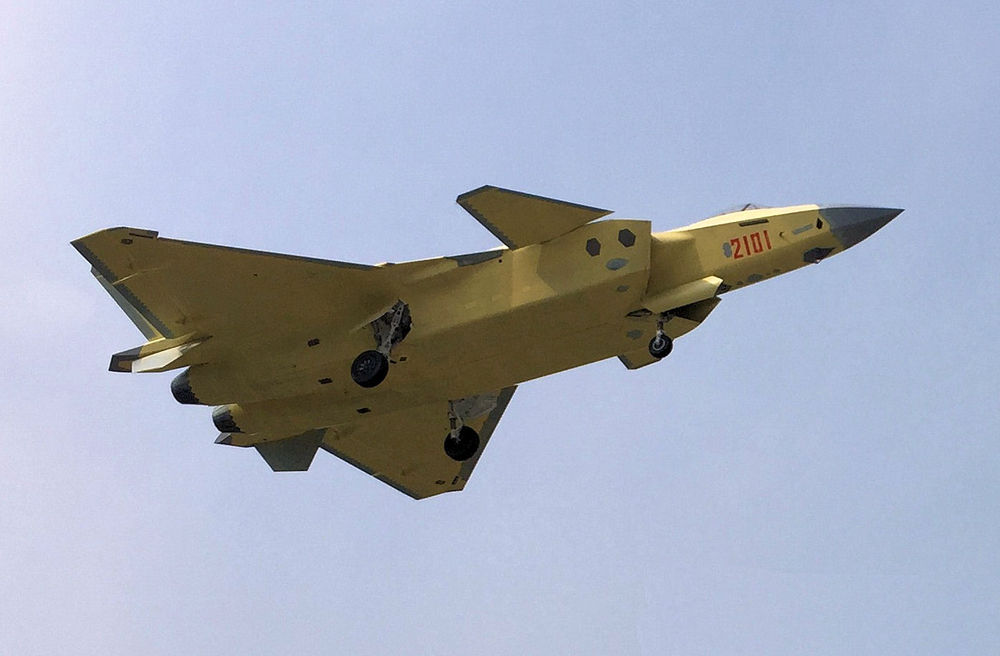
Developed by the Chengdu Aerospace Corporation, the J-20 was born out of the J-XX program of the 1990’s. Which was an attempted to build an indigenous 5 Gen fighter for the People’s Liberation Army Air Force. This was during a time when most of the world’s major powers were developing their next generation of fighter aircraft such as the F-22 and the Euro-Fighter Typhoon, and China did not want to be left behind. Chengdu is one of China’s top military aircraft manufactures, developing aircraft such as the J-7 Air Guard and the J-10 Vigorous Dragon. The Former of which had been successfully exported to other countries.
In 2008, Chengdu won the contract with their “Project 718”, which would become the J-20, beating out competitor Shenyang with the PLAAF backing Chengdu. The first flights took place in January of 2011 at Chengdu’s 611 Design Institute in Sichuan, and the PLAAF intend have to have these aircraft in service by 2018. But what do we really know about China’s Fifth Generation fighter? Other than it being far larger than most contemporary fighters.
Then again the size of the aircraft can reveal just what what type of aircraft the J-20 truly is. The closest aircraft which could be compared to the J-20 is the Soviet Era MiG-25 “Foxbat”, which shares some of the same dimensions (and girth) of the J-20.
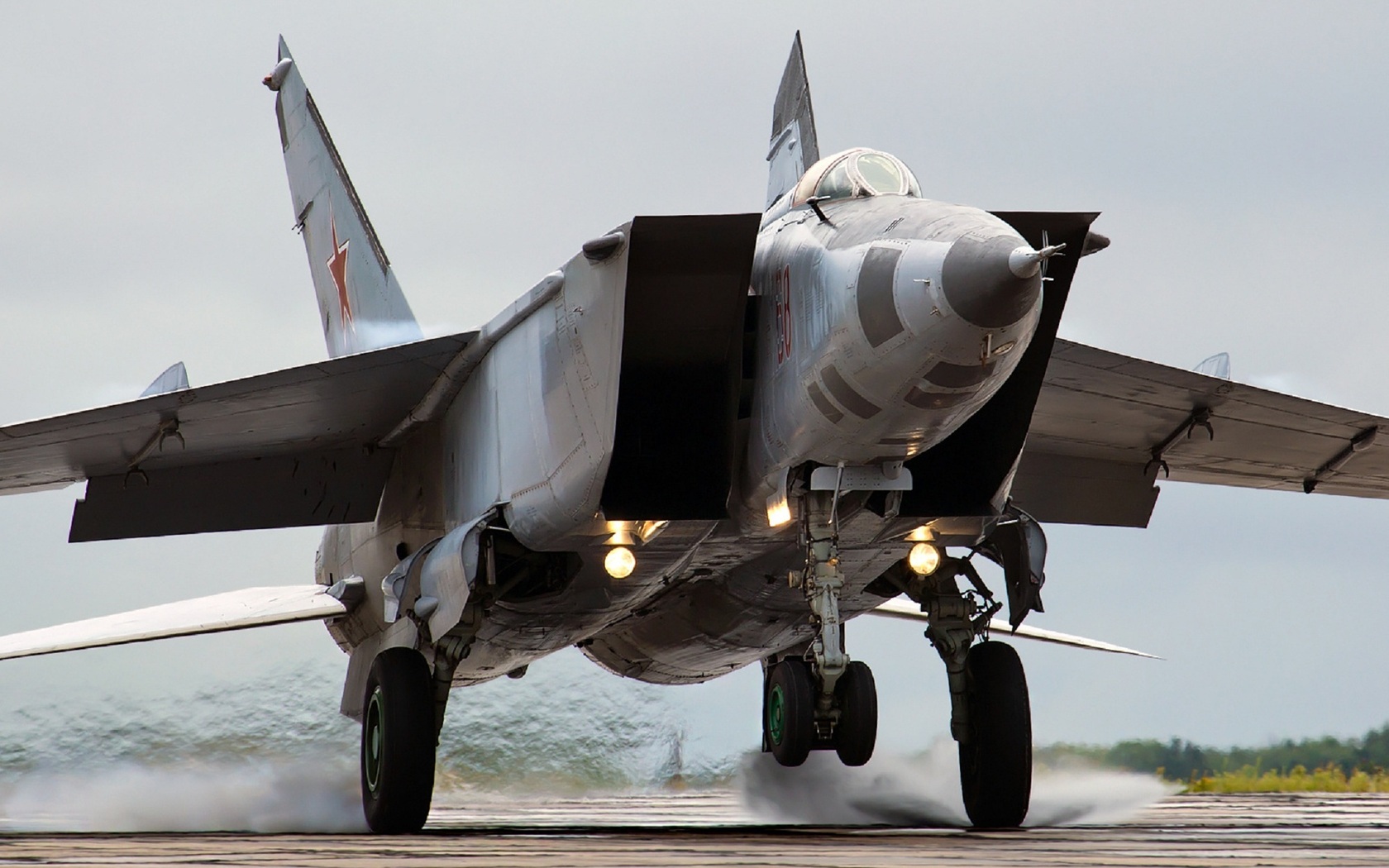
Both are large aircraft with large, powerful engines which propel each aircraft to over 2000 miles per hour. Sounds fast right? And back in the day the Foxbat was one of the fastest Interceptors in production. But while it was fast, it was only fast while in a straight line, making it unsuited for the role of an air supremacy fighter. Not to mention that at low altitudes the Foxbat only had a top speed of just under 800 miles per hour, much slower than other aircraft such as the F-15 or MiG-29. Aircraft which are more associated as being Air Superiority fighters.
So it may be plausible to believe that China’s first Stealth aircraft may not be the “Dog fighter” as some would like to believe. Although the presence of canards on the aircraft may hint that the J-20 may be much more maneuverability than its Soviet predecessor, it is still unknown (at least to the public, anyway) just how effective there are in flight. But this still does not rule out the possibility that the aircraft may be an effective interceptor.
Another thing which leads me to believe that the J-20 would be more suited for the Interceptor roll, is the fact that their aircraft has relatively shallow internal payload capacity for its size. This contradicts the original speculation that the J-20 would be an “Strike-Fighter” much like the F-15E or the F-35 Lighting II. Although concept art have surfaced showing the aircraft being fitted with external pods which would allow the J-20 to carry more missiles, or even guided bombs. But as to date no photographs have surface showing the actual aircraft being fitted with with these supposed pods. So for now we can only come to the conclusion that the J-20 has no “Strike” capability.
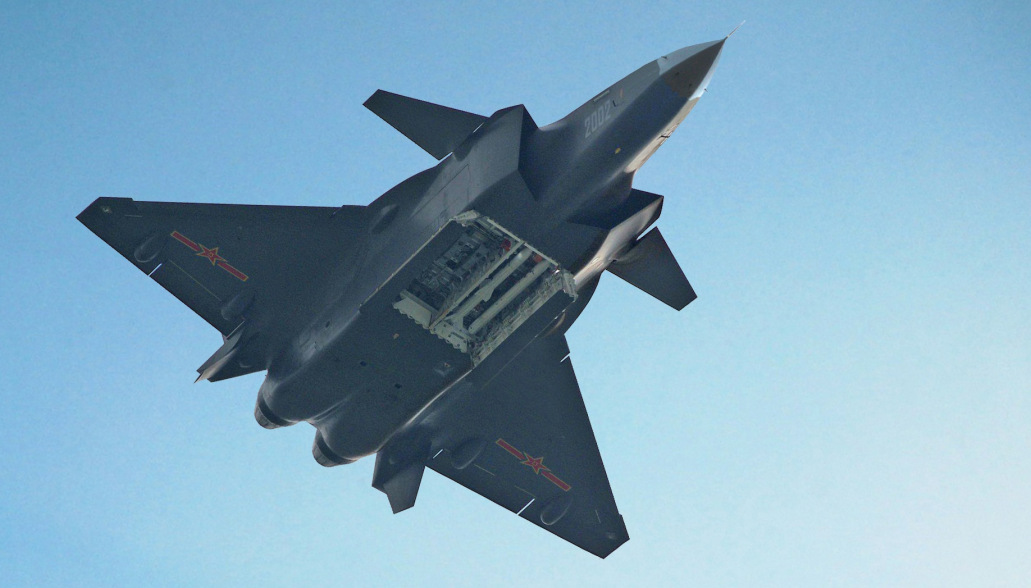
What ever the case may be, the J-20 has allowed China to join the elite club of nations currently developing a 5th generation fighter aircraft and if the PRC is able to have the first squadrons operational by 2018, then it would give the Communist regime a one up on their neighbors. Especially at a time when tension in the region is at an high. With other 5th gen fighters such as the Sukhoi PAK FA and the Mitsubishi X-2 still years away from being placed into full production, the J-20 has the potential to shift the balance of power into China’s favor.
But lets not forget the world’s first and so far, only combat ready 5th Gen the F-22 Raptor, which has been in service for over a decade. The Americans have had years to learn and develop strategies on how to utilize their first real stealth fighter, and have deployed them into actual combat zones. China’s PLA and by extension the PLAAF, have little to no experience when it comes to operating in an combat environment. But neither did the U.S. When they first deployed the F-117 Nighthawk on mass during the first Gulf War, so China may be, at least for the moment, at an disadvantage in this regard. So it is still unknown as to just how well the J-20 would operate in combat conditions or in actual combat against 4th Gen fighters or even against the F-22. But given their rapid pace of development so far the gap which currently exist between the two super powers may begin to shrink as time passes.
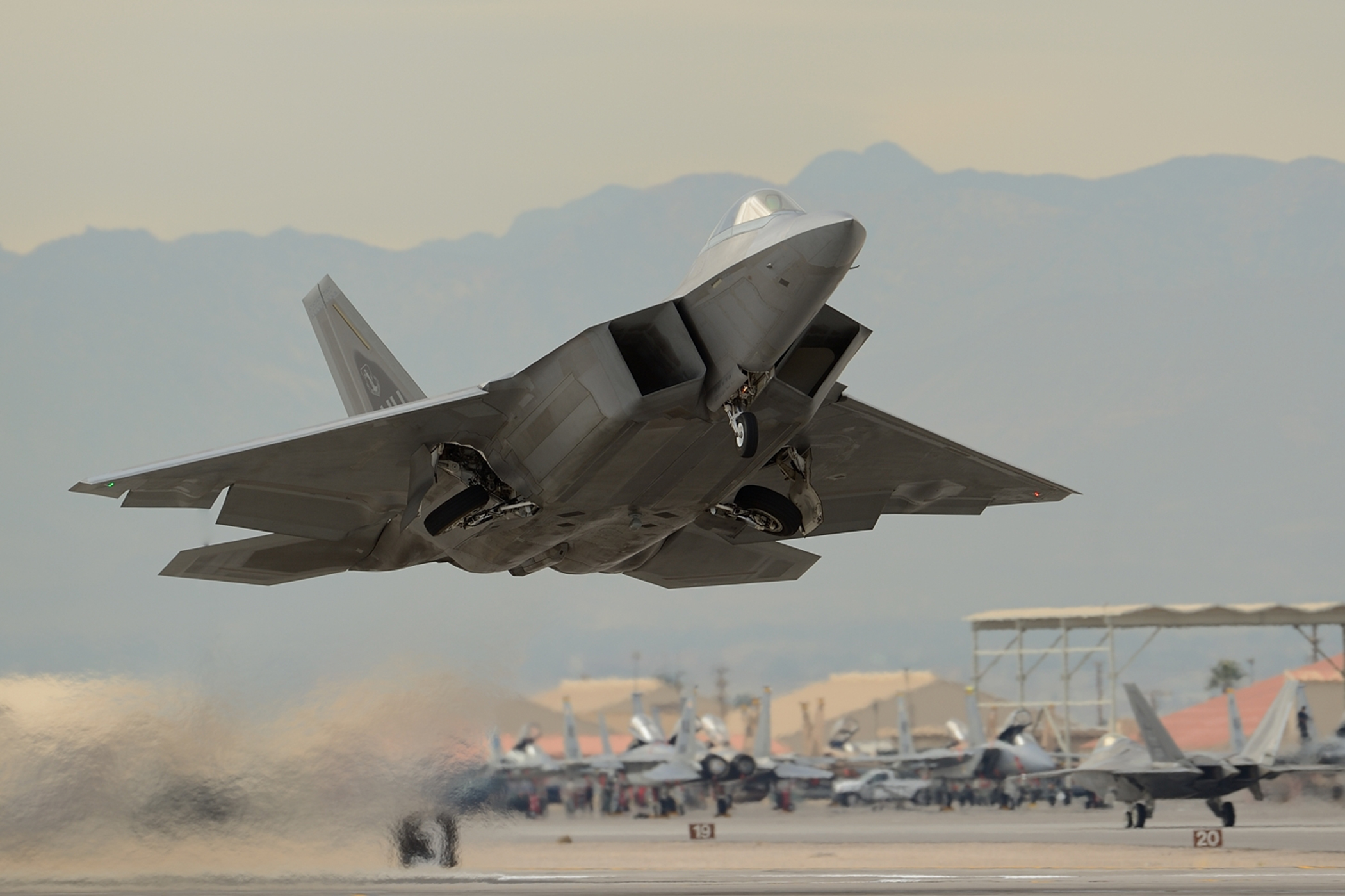
As China begins to ramp up production of the J-20 in the coming months and years, one question which had been raised is that will this Stealth Jet be exported to other nations? China has emerged as one one of the world’s top arms exporters ans in recent years have exported combat aircraft to countries which have less that favorable standing with Western Powers such as Zimbabwe and Iran. Will the J-20 become the must have weapon system to come onto the market? Unlikely.
Beijing has already ruled out the idea of exporting their stealth fighter , a policy which mirrors that of the Americans when it came to their F-22. As both governments will not allow their most advanced jet be operated even by their closest allies. But even if such a ban was not given, with an estimated sticker price reaching into the hundreds of millions of dollars, it is highly unlikely that most nations will be able to afford it, let alone be able to maintain such an advanced aircraft. But this does not mean china will not export stealth aircraft in the future, as the Shenyang Corporation has developed such an aircraft which it hopes to be a big seller on the open market, the FC-31. (which is an article for another time)
In short there is really not that much information most outsiders know about the J-20, other than what Chengdu and the Chinese government have realised to the general public. And even then, Chinese sources dont really come across as reliable as the state owned media outlets tend to bend the truth at times to place Communist regime in a positive light. Nor would they ever report on any “set backs” the J-20 program may have suffered over the years.
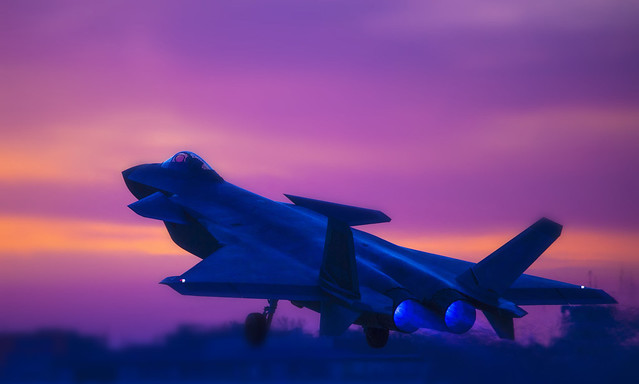
One thing is certain though, the J-20 has the potential to be a game changer for Chinese military and could prove to be a threat if war were to break out. But with Nations such as India, Japan and even Korea starting to develop stealth aircraft of their own the question now is, just how long will it be before the People’s Republic of China looses it’s stealth advantage?







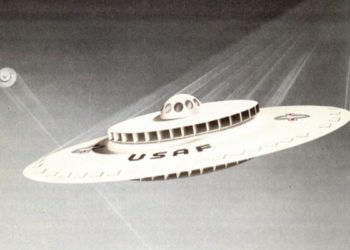
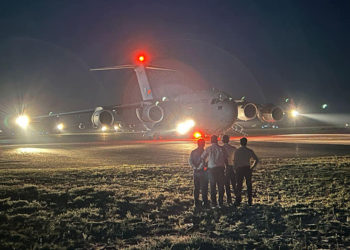


This content is really interesting. I have bookmarked it.
Do you allow guest post on your website ? I can write hi quality
posts for you. Let me know.
We would potentially “hire”, yes.
Drop me an article on toxofox@yahoo.com and myself and the other admins will have a look into it.
If we like it, you might end up joining the Defensionem family and be allowed to post full length article on this website and posts on our FB page.